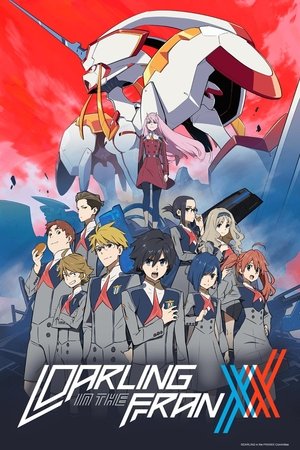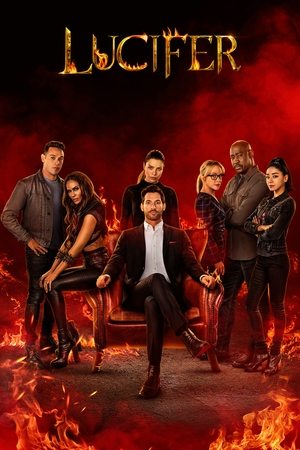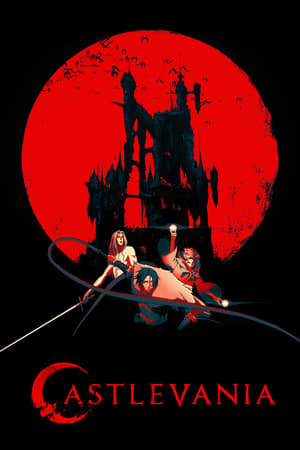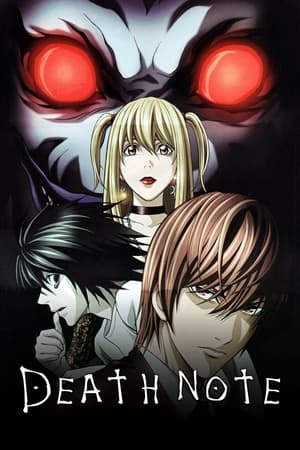2003-06-30
The 1964 GTO is the one that started the whole Detroit Musclecar craze--but it almost never happened. GM's corporate policy wouln't allow such a lightweight car with such a huge engine, but Pontiac "finessed" the rules by making the GTO an option to the Tempest Le Mans. The cost of this option? Oh, about two hundred bucks.
Pontiac's GTO is back in 1969 with outrageous paint and graphics, a popular catch phrase, and the 370-horse RAM Air IV engine. What a country!
The story of the birth of the Corvette from the introduction of the original 1953 roadster with the "Blue Flame" 6-cylinder engine, the early small-block powered Vettes, the "fuelie" cars featuring Rochester's early fuel injection, and the Route 66 days.
In 1967, Chevrolet introduced a car that, thirty years later, is still one of their most beloved automobiles. By 1967, GM had recovered from their reluctance to produce fast little cars. The Camaro was designed to hold any engine in the Chevrolet inventory.
Ford went drag racing in 1964 with their new Fairlane and their NASCAR 427 engine. Talk about a ringer! The result was the most mind-boggling car the NHRA stock classes had ever seen.
Carroll Shelby's GT-350 Mustang was a limited edition road racer in street clothing. Shelby's GT-500KR was not for the faint of heart. It had every performance option you could get from Ford, plus a big, bad 428 engine. By the way, "KR" stood for "King of the Road."
"Yeah, it's a Gran Sport. Wanna race?" And that was usually the last of the conversation as the torque monster from Flint, Michigan buried its competition in the leather-upholstered style. Stage I GS cars boasted the most torque of any U.S. production car EVER.
That spells 442, Oldsmobile's entry into the Horsepower wars. With this car, Olds turned the musclecar wars up several notches. Once again those Rocket Oldsmobiles were right in the thick of it!
Chevrolet's SS designation originally adorned the high-performance Impalas, but the most popular Super Sport was by far the Chevelle. All it took was the 396 "rat motor" to turn this little grocery-getter into a pavement pounder!
The story of the Legendary 409. When Chevy squeezed one horsepower per cubic inch out of this engine in 1962, it sent everyone in Detroit back into the engine lab, and practically everyone else in America to the Chevy dealer!
Plymouth's little compact Valiant, with new skin and a huge rear window, became a hot item--once the 383s, 440s and 426 Hemi engines found their way under the hood. Its cousin from Dodge, the Chellenger, was an upscale hot rod with as much luxury as performance.
With power-to-weight ratios like rocket sleds, Novas became immediate favorites of the muscle car crowd. If a 327 or a 350 wasn't enough, how about a 375-horsepower 396 in a Chevy II Nova? If you had about three grand and nerves of steel, you could have owned one.



















